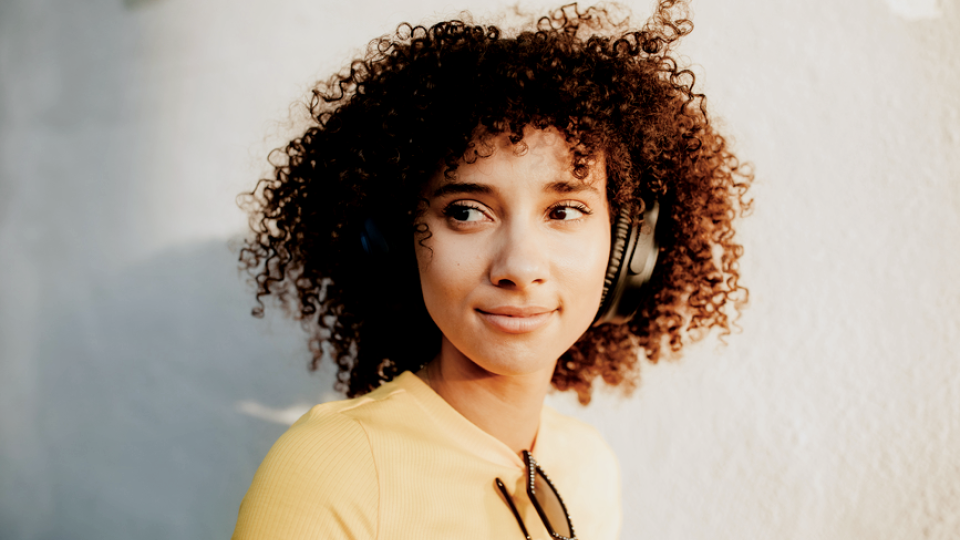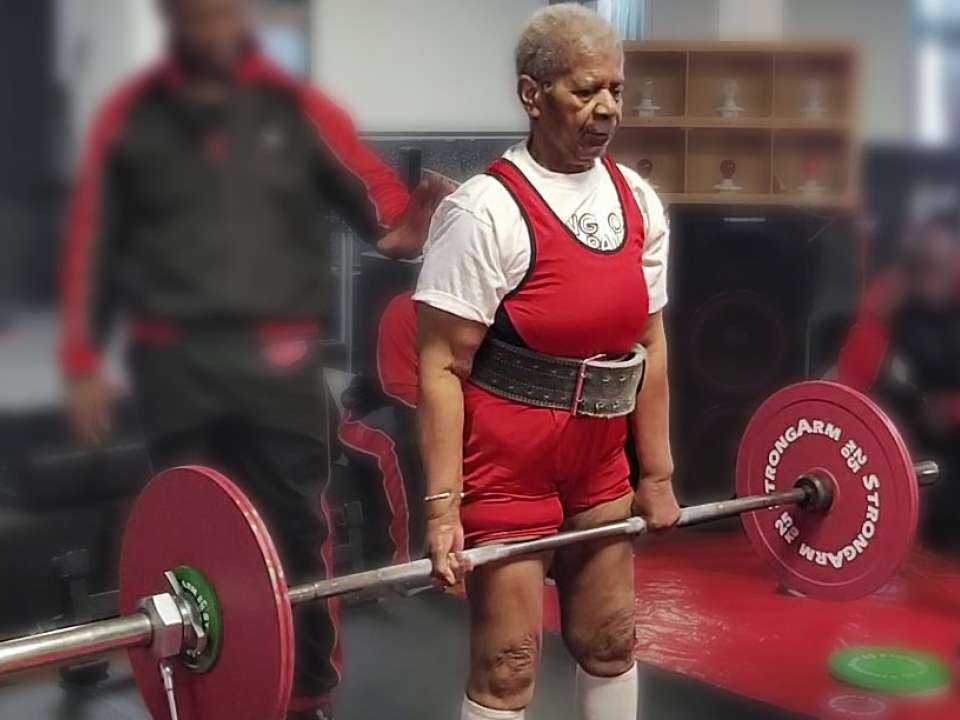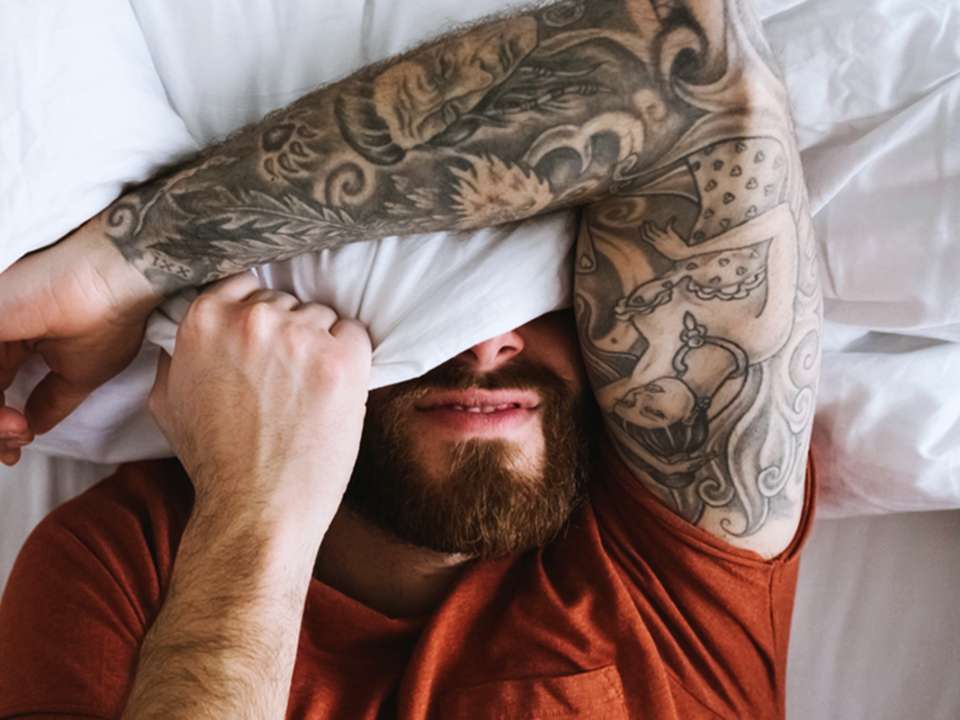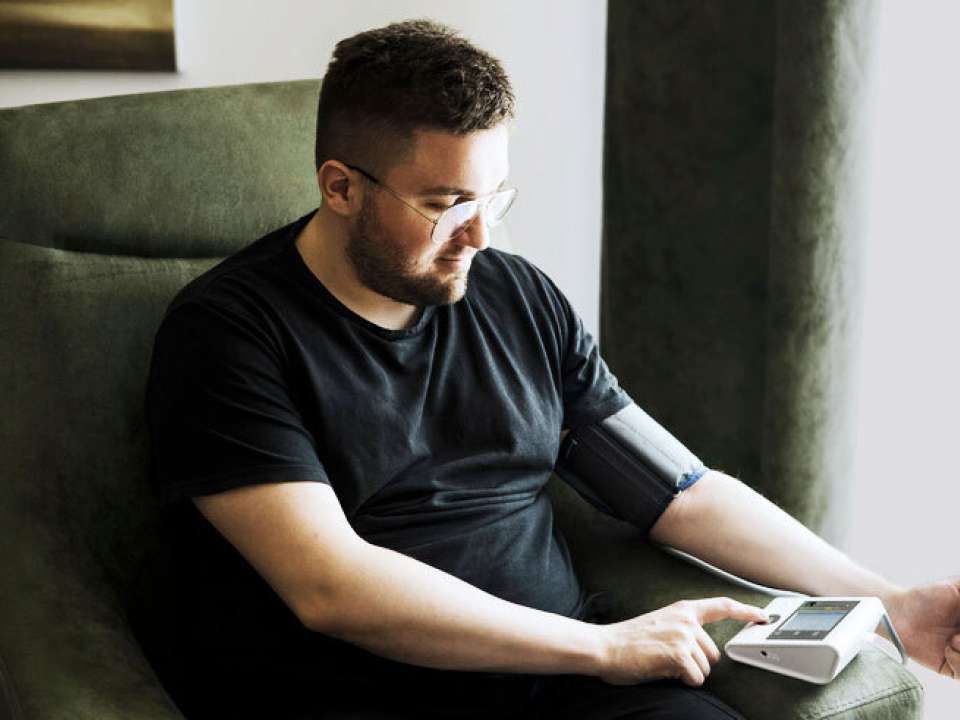
Think about what our ears go through in our lifetimes. The familiar bass-turned-ringing noise we can experience after seeing our favorite bands in concert, the collective roar of a sports stadium or even the daily max-volume podcast binges can all tiptoe the line between just loud enough and so loud that it’s damaging to our hearing.
It’s not always easy to be mindful of the sounds surrounding us, but awareness of the three types of loud sounds (and when to reach for ear protection) can help keep your eardrums happy and healthy.
The three types of loud sounds
It’s not only the volume but also the type of sound that is important to consider.
Transient sound
A transient sound is what Michelle Quinn, a certified audiologist at the Harborview Medical Center – Audiology Clinic, describes as a very sharp and fast sound, such as a gunshot or a door slamming.
“Transient sounds are very loud but very short,” Quinn says, “So the main question becomes, what is the peak loudness of this sound?”
Constant sound
To imagine a constant noise, think of a sound that doesn’t vary in volume over periods of time.
“Many examples of potentially hazardous constant noise come from industrial machinery and motors running at a loud level,” says Quinn. “The main question for constant sound exposure is to consider how long someone is around the sound.”
Music
Because of the variable nature of music, it has its own category.
“Think of your favorite song as you play it, ‘nice and loud,’” says Quinn. “Its volume fluctuates over time, contains a combination of constant and transient sounds and has breaks between songs and albums, all of which vary based on genre and listening preferences.”
Quinn says that a symphonic concert and a rock concert might have the same peak volume, but the average volume over time might be louder for the rock concert. There is also a difference between live and recorded music, as the volume and length of exposure can’t be controlled by someone attending a concert, but it can be controlled through personal listening.
What to know about sound exposure
Whether you’re in the workplace or at home with headphones, experts have guidelines and recommendations for how much sound exposure you can have before extra precautions are necessary.
The U.S. Occupational Safety and Health Administration lists mandatory hearing protection required in the workplace if the sound is at or above 85 decibels (dB) average loudness for eight hours or longer.
To understand how loud that is, Quinn says to think of running your blender for eight hours straight. That’s a lot of loud sound for a very long time.
Quinn references the “80-90 rule,” created by University of Colorado audiologist Cory D. Portnuff, for personal headphone use.
“Don’t go over 80% on the volume control for longer than 90 minutes per day,” says Quinn. “This is estimated to keep personal music listening within 50% of total sound level, or ‘dose,’ allowed before becoming hazardous.”
Even if you’re in a place where the sounds aren’t considered to be hazardous, an abundance of noise from environments like a crowded restaurant or a city fair can have its downsides.
“A din of background noise can produce different effects for different people, such as fatigue, irritability, lack of concentration and desire to leave that situation,” says Quinn. “Being around a lot of sound can make the ears ring, a condition known as tinnitus; and is the third most common factor to make tinnitus worse.”
Complex listening environments, such as spaces with a lot of noise surrounding you, can make for difficult hearing, even if you typically don’t have issues. And for those who have hearing loss, background noise can be a consistent challenge.
Don’t listen to the myths
Are earbuds ruining our hearing? It turns out that the proximity at which the sound travels into our ear isn’t necessarily the issue. It’s the volume.
“I often get asked if in-the-ear headphones are bad because they deliver sound closer to the eardrum than over-the-ear headphones,” says Quinn. “The answer is no. I don’t care if the sound gets to the ear through earbuds, in-the-ear headphones, over-the-ear headphones or from a speaker system. The eardrum is the entry point for the hearing system, and what I care about is how loud the sound is as it hits the eardrum. How the sound gets to the eardrum is not the concern.”
We also might remember the days when the narrative suggested that our constant headphone use would ruin our hearing long-term. That’s not true either.
“I often hear comments like, ‘Kids these days – they have headphones on all the time, they’re going to ruin their hearing.’ Let’s look at the time-intensity trade-off. Yes, you can listen to headphones for eight hours a day and not ruin your hearing. The key is how loud is that sound,” says Quinn.
Suppose you’re interested in seeing how close you are to the “too loud for too long” threshold. In that case, newer smartphones and tracking technologies are making that data available based on your listening activity. Headphone loudness over time, hours of use per day and if levels are becoming hazardous are available if you’re looking to improve safe listening habits.
How to protect your ears from loud sounds
A general rule of thumb is that if a sound is so loud that you must shout to be heard, it’s probably too loud for extended periods of time. This is when you need to use hearing protection.
“There are lots of different types,” says Quinn. “Generally, hearing protection can be categorized into over-the-ear muffs and in-the-ear earplugs. The key is that it should be worn correctly. Correctly worn hearing protection has a good acoustic seal to keep sound out of the ear canal. Even a small crack or break in the seal can let in harmful noise.”
While hearing protection is essential in some situations, first, be aware of your surroundings to ensure the lack of sound doesn’t compromise your safety. It might be tempting to block out the sounds of the city with headphones and music on your evening run, but it’s safer in this scenario to stay alert.
So, don't worry — you can still enjoy your daily workday podcast binges or late-night jam sessions; just remember to keep the volume low to keep your hearing protected.

 Healthy ideas for your inbox
Healthy ideas for your inbox





